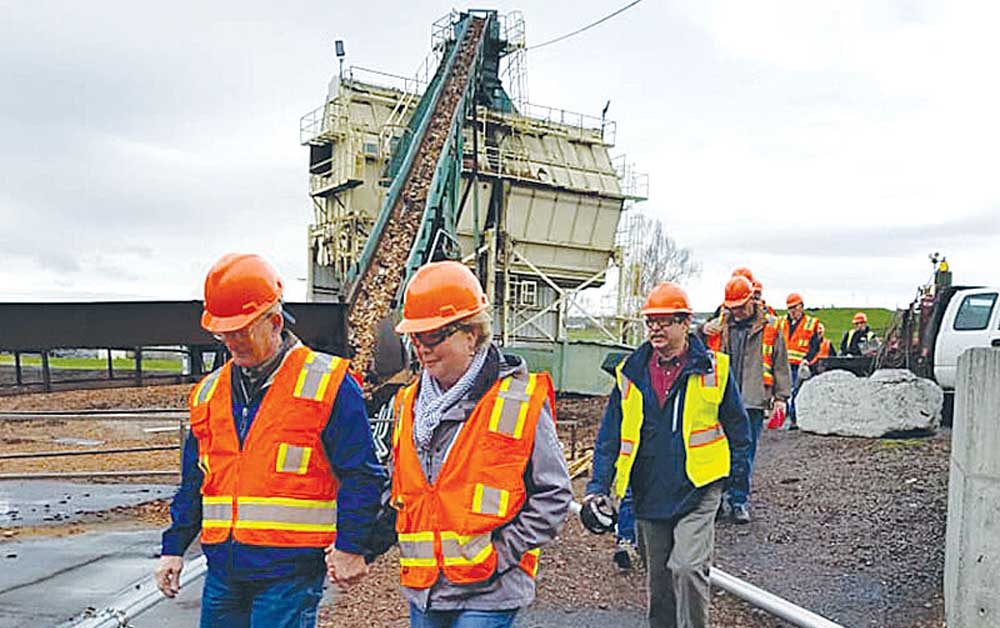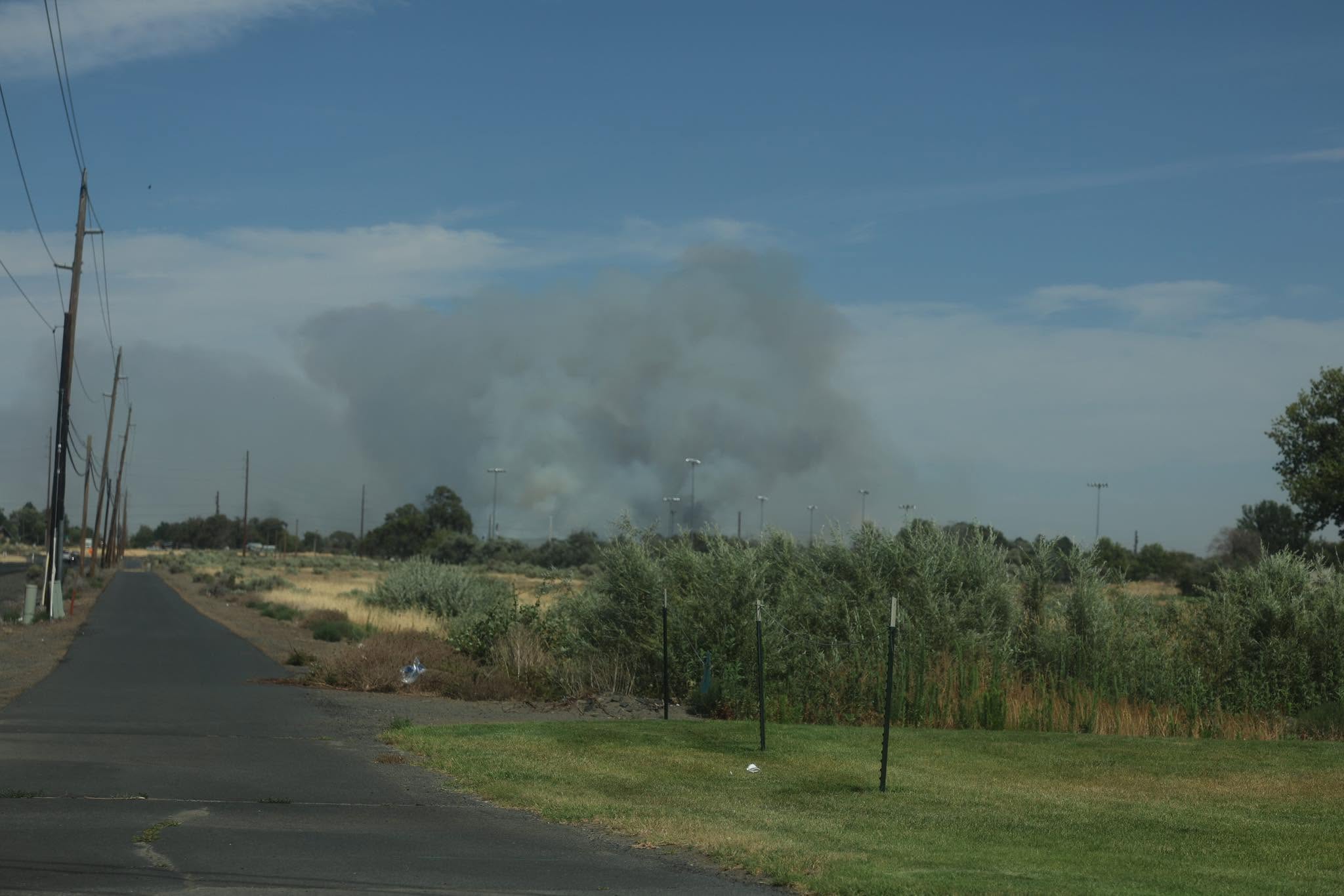Rocky Mountain Elk Foundation has come a long ways in 30 years
Published 7:45 am Monday, March 17, 2014
If you have ever been deep in the woods in September and heard the authoritative bugle of a bull elk commanding his herd of cows and advertising his dominance and readiness to fight, you know there is no other sound like it.
This year marks the 30th anniversary for the Rocky Mountain Elk Foundation. From its humble beginning in 1984 in the town of Troy, Mont., it has grown into one of the most successful and respected conservation organizations in the world. Its founders Bob Munson, Dan Bull, Bill Munson and Charlie Decker recognized the need and had the vision for an organization dedicated to elk, elk hunting and the habitat they need to survive. Draining their own bank accounts and borrowing more, they began mailing brochures to solicit members and eventually began producing Bugle magazine. As the membership and momentum began to build, eventually a convention was held in Spokane, Wash. in 1985 the same year the first habitat project was funded. In 1988 the first land acquisition occurred.
Fast forward 30 years. The organization is now headquartered in Missoula, Mont., has more than 120 employees, over 500 local chapters, and counts more than 10,000 volunteers among its ranks. As 2013 closed, membership surpassed the 200,000 member mark and it also marked record growth for the fifth consecutive year. The RMEF has also conserved over 6.4 million acres for elk and other wildlife. Lined up end to end, six million square acres would wrap around Earths equator 9.5 times and amounts to nearly a square mile per day of the organizations existence.
The actions of the RMEF are also directly responsible for improving and opening up access of public lands to outdoor enthusiasts across the country, protecting existing elk populations and successful elk reintroduction programs in several states. Additionally, the RMEF aggressively advocates predator management and control efforts. This is done through the funding of research projects, working at the national and state level to track legislative matters on predator related issues, and through education of hunters and non-hunters alike so that all wildlife populations can be sustained and protected. Most recently, the RMEF was awarded its sixth consecutive 4-Star Charity Rating from Charity Navigator, Americas largest charity evaluator. Only three percent of the charities ranked have received a similar rating, indicating RMEF outperforms most other charities in America. This is a result of RMEFs commitment and adherence to sound fiscal management, accountability and transparency. Over 90 cents of every dollar goes toward its mission of ensuring the future of elk, other wildlife, their habitat and the hunting heritage of its members.
In Oregon elk country, RMEF and its partners have completed 756 conservation and hunting heritage outreach projects with a combined value of more than $44.7 million that opened or secured public access to thousands of acres. This includes the completion of the acquisition of over 13,000 acres in the headwaters of the John Day River in December of last year. This was a result of RMEF leading a collaborative effort to open up access to previously inaccessible private land while increasing access to tens of thousands of acres of publicly owned National Forest lands. In Oregon, there are 26 chapters and 14,216 members (and growing) working at the grassroots level to raise critical dollars in the name of conservation.
Right here at home in Umatilla County, since 1990 there have been 42 habitat enhancement projects, five wildlife management projects and one conservation education project in which the RMEF directly contributed $447,886 that leveraged $1.825 million in additional partner contributions. This equals $2,271,978 spent that has directly enhanced 245,741 acres. We will be partnering in May with the Umatilla National Forest by providing volunteer labor for a tree planting project in the 1996 Tower Fire area that will provide high quality wildlife forage, especially in the late summer period.
¦
Jim Campbell is a member of the Rocky Mountain Elk Foundation.









